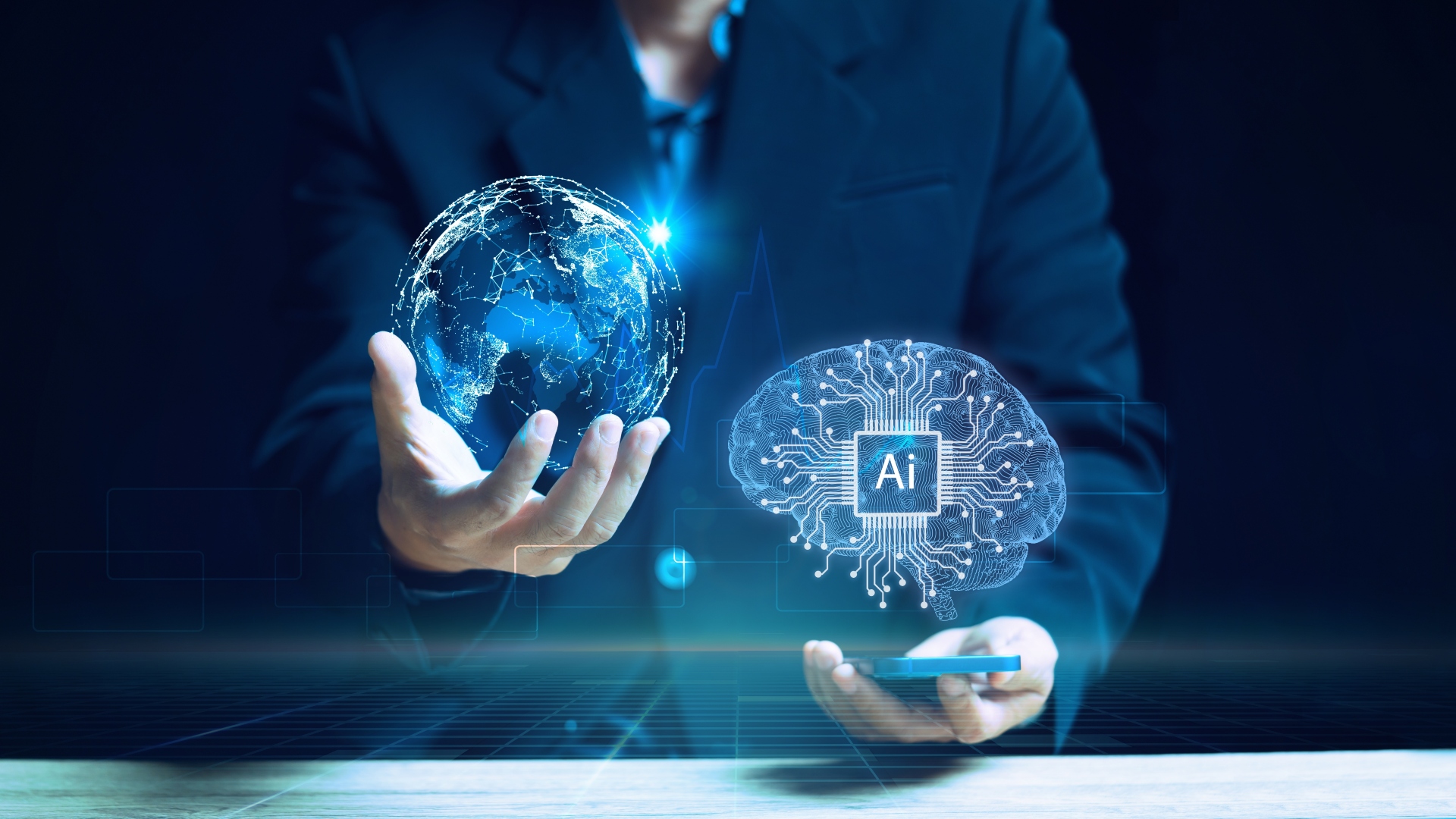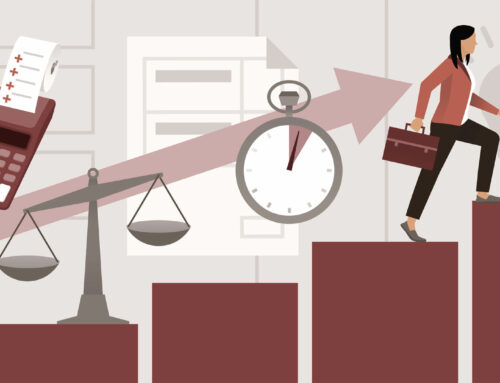Have you ever wondered who owns the content generated by artificial intelligence? It’s a big question, isn’t it? With generative AI creating art, music, and even articles, the lines between human creativity and machine output are becoming blurry. This has raised some important concerns about intellectual property (IP). Generative AI and Intellectual Property are key topics in discussions about creativity, ownership, and legal rights in the digital age. So, let’s dive into the topic of Generative AI and Intellectual Property and break it down into simple terms.

What is Generative AI and How Does It Work?
Generative AI is a type of artificial intelligence that creates new content, like images, music, or text, based on the data it’s trained on. You might wonder, how does it know what to create? Well, the AI system uses a prompt or input from the user and processes it through its algorithms. The result is content that feels original and unique, but here’s the catch- this content is heavily influenced by the training data it has been exposed to.
Now, when it comes to generative AI and intellectual property, things can get tricky. Let’s say the data used to train the AI includes material protected by copyright. If the AI produces something similar, it might unintentionally infringe on existing works. Generative AI and Intellectual Property are transforming the way we approach creativity and legal ownership. This is why issues like copyright infringement are being discussed so much. People using generative AI need to be aware of these challenges to ensure that the ai-generated content they create doesn’t violate the rights of others.
Understanding Generative AI and Intellectual Property in the Digital Age
In the era of generative artificial intelligence, understanding intellectual property is vital. Tools like ChatGPT and other generative AI tools allow users to create new works, but they also bring up questions about copyright protection and ownership of ai-generated content. For example, when a generative AI model is used in AI training, it often learns from copyrighted works. This raises issues related to whether the new work produced can be afforded copyright protection or if it infringes on existing property rights. Such debates are becoming increasingly significant as the use of AI continues to grow.
Take this example: A designer uses a generative AI tool to create artwork. If the AI’s output resembles protected works from its training data, questions arise about copyright laws and the potential risks for the designer. Can this output be considered transformative, or does it fall under exceptions to copyright? While users of AI tools rely on these platforms for producing new ideas, providers of AI like OpenAI must ensure transparency to avoid copyright issues. Addressing these challenges is key to balancing innovation with respect for Generative AI and Intellectual Property in the digital age.
Who owns the rights to AI-generated content, and how do legal frameworks address this?
Ownership of AI-generated content is a tricky subject. Can an AI hold rights to what it creates? Well, no, because AI isn’t a person. But if not AI, then who? In most cases, it’s the person or organization that initiated the creation process.
For example, India’s Copyright Act of 1957, under Section 2(d)(vi), states that the “author” of a computer-generated work is the person who causes the work to be created. This law provides some clarity, but globally, the debate is still ongoing.
Here’s what Sameer Gupta, SEO Executive at BOTSHOT, says:
“In the absence of a human ‘author’ in the traditional sense, legal frameworks are evolving to address ownership. For example, Section 2(d)(vi) of the Indian Copyright Act, 1957, specifies that the ‘author’ of a computer-generated work is the person who causes the work to be created. Globally, similar discussions are ongoing to define authorship and ownership in AI-generated content.”
Similarly, Gursharan Singh, Co-founder of WebSpero Solutions, shares:
“As of today, the legal framework surrounding AI-generated content is still in murky waters. So, technically, nobody owns the right to the content produced by generative AI since the content is generated on-the-fly by the models and no human owns them. With that said, certain platforms like AIVA provide copyrights to the generated content, but there aren’t any legal frameworks surrounding them.”
Copyright Infringement Challenges for AI Creations
When it comes to generative AI and intellectual property, one of the biggest concerns is determining who holds copyright ownership for ai-generated works. In traditional scenarios, the creator of a work is the copyright owner. But with genAI tools like MidJourney and large language models (LLMs), the situation becomes complicated. These tools are capable of producing new creative works using massive amounts of data that were used for training, often including copyright-protected material. This raises significant questions about authorship and ownership of AI-generated content.
The AI industry and creative industries are actively debating these issues because of the legal implications involved. For instance, should the IP rights for generated works belong to the AI developers, the users, or the original content creators whose data was used? Here are some of the challenges:
- Terms of Service: Many platforms offering AI tools define their own rules about who owns the ai-generated works, often leaving users uncertain.
- Creation of New Content: The process of using AI to generate new content may unintentionally include elements from existing works, creating potential copyright conflicts.
- Innovation and Creation: While AI encourages creativity, it also necessitates new approaches to ensure fair attribution and compliance with existing laws.
- Without Explicit Consent: Using copyright-protected material without explicit permission for training AI can lead to disputes and lawsuits.
Navigating these challenges is crucial for both content creators and the ai industry to support responsible innovation and creation while respecting intellectual property.
How can companies protect their intellectual property when using generative AI?
If you’re running a business and using generative AI, protecting your intellectual property can feel like navigating a minefield. The good news? There are practical steps you can take to safeguard your IP.
Here’s what Sameer Gupta recommends:
- Establish Clear Policies: Clearly define what counts as IP in your company, whether it’s algorithms, source code, or designs.
- Ensure Compliance: Make sure the data you use to train AI models complies with legal standards.
- Negotiate Transaction Terms: Include IP clauses in contracts and verify the licensing of any AI tools you use.
- Proactively Establish Copyright: Keep detailed records of your IP to avoid disputes.
- Adapt Continuously: Stay updated with evolving IP laws and AI advancements.
Similarly, Gursharan Singh suggests being cautious with input data:
“For starters, not using sensitive information as an input is a must because gen AI platforms do have ownership of input data. They do not technically claim to own everything that is fed into the models, but eventually, the model will process and generate output based on the input data. Also, it is best to negotiate who will own the rights to output data before using a gen AI.”
Taking these steps ensures that your company stays on top of its IP game, even in the ever-changing world of AI.
What are the implications of AI-generated plagiarism for creators and platforms?
AI plagiarism- does that sound odd? After all, AI is supposed to generate original content. But it’s not always that simple. AI models are trained on huge datasets, and sometimes, they can unintentionally copy existing content or styles.
This is a big issue for creators like writers, artists, and musicians. Imagine pouring your heart into your work, only for an AI to accidentally replicate it. Not fair, right?
Here’s what Sameer Gupta thinks:
“AI-generated plagiarism occurs when the content unintentionally replicates existing material or is used without attribution. While AI tools generate ‘original’ content, they may inadvertently draw from existing datasets, posing risks to creators and platforms. This underscores the importance of monitoring AI outputs for originality, utilizing plagiarism detection tools, and establishing clear attribution guidelines.”
Gursharan Singh adds:
“With the rise of tools that check AI-generated content, plagiarism is certainly a big concern for creators, especially for artists, as it can make or break their careers. Also, AI platforms (in the distant future) might be forced to add better detection tools with some hidden watermarks, which can help distinguish between human content and AI-generated content.”
Clearly, both creators and platforms need to be proactive. Plagiarism detection tools, watermarking, and attribution guidelines can go a long way in minimizing risks.

Global Perspectives on AI and Intellectual Property Laws
When it comes to generative AI and intellectual property, the question of balancing human creativity with AI innovation is a global concern. Around the world, governments and organizations like the World Intellectual Property Organization (WIPO) are trying to define how works produced by AI fit into existing frameworks. For example, should original works generated by AI be considered protectable, or does the lack of a human author disqualify them? This debate becomes even more critical when AI tools rely on works used in the training process to produce created works.
The training process of AI often involves training without explicit permissions, using works used to train models like LLMs. This raises concerns about ownership and the value of human authorship in a world where creativity leads to economic and cultural growth. Here are some key points to consider:
- Sufficient Human Input: For a work to be protected, some laws require sufficient human involvement to ensure it reflects original content.
- Business Processes: Many companies are using AI to enhance business processes, but they must ensure that AI-produced works don’t infringe on existing rights.
- Global Design: Harmonizing intellectual property laws at an international level is challenging but essential for fostering innovation and fair competition.
- Trade Secrets: Protecting proprietary data and algorithms used in AI development remains a key priority for many organizations.
- Strike a Balance: Policymakers must strike a balance between encouraging technological advancement and safeguarding the rights of human authors.
As the world IP community continues to discuss these issues, it’s clear that defining ownership for works produced by AI will shape the future of generative AI and intellectual property.
